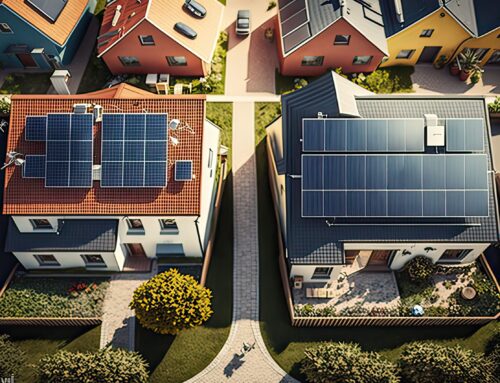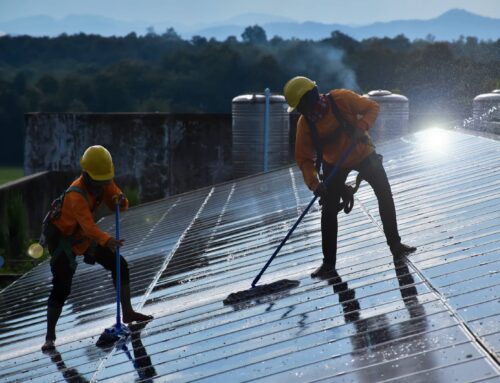If your average monthly electricity bill is high, and you live in an area with high energy rates then it might be worth it to install solar panels on your home. Not only is this an amazing opportunity for your wallet but it is also good for the environment. Here are a couple of reasons why you should invest in solar panels:
- The price of energy is not dropping
- The cost of installing solar panels has improved and prices have fallen
- Installing solar panels provides a long-term subsidy benefits
- Save money on your pension by reducing energy costs on your monthly electricity bill
- Solar panels are long-lasting and require little upkeep
How Much Does It Cost to Install Solar Panels?
How much does solar cost to install? On average, it costs around $13,142 to install a solar system. How much it costs to install solar panels depends on how many solar panels you need to generate energy for your home. The good news is, how much solar panels cost upfront is offset by the savings and return on investment they earn.
The average cost of solar panels and their upfront cost can be offset by the federal tax credit, which currently sits at 26 percent. After 2020, the tax credit went down to 22 percent. So the sooner you take advantage of the full credit, the better. The federal tax credit was created to encourage investment in solar systems and renewable energy, and claiming it is a matter of filling out the right IRS Form.
Besides the federal tax credit, solar panels increase property values while lowering utility bills. Compared to gas or electric heating systems, solar panels save you much more in the long-run. Your solar panel system can pay for itself in three years!
Are Solar Panels Efficient?
Some solar panels convert 22 percent of their available energy into electrical power. This is an actually amazing number if you consider the fact that we are paying a lot of our electricity bills every month. The solar panels are made of solar cells. A cell is a small disk of a semiconductor like silicon. They are attached by wire to a circuit. As light strikes the semiconductor, light is converted into electricity that flows through the circuit. As soon as the light is removed, the solar cell stops producing power.
A solar pool heating system uses the sun’s radiant energy to heat your water. The water is directed to the collectors, rising from the bottom to the top. As it gradually rises, it’s heated by the natural energy and then returned to your pool. This cycle continues until your pool water reaches the desired temperature. You can enjoy an added 10-13° to your water without any extra costs or air pollution!





